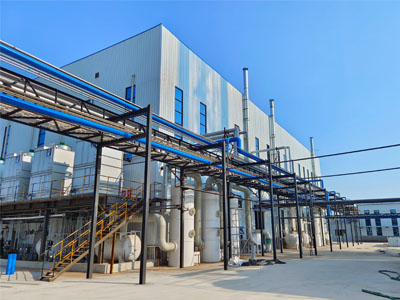Polyaluminum Chloride (PAC) - Safety Data Sheet (SDS)
Polyaluminum chloride (PAC) is a versatile coagulant widely used in water treatment processes. It is known for its effectiveness in removing suspended particles and impurities from water, making it an essential chemical in both municipal and industrial applications. The Material Safety Data Sheet (MSDS) for polyaluminum chloride provides crucial information regarding its safe handling, storage, and potential hazards.
.
When handling PAC, it is vital to observe safety precautions as outlined in the MSDS. The document specifies protective equipment, which may include gloves, goggles, and respiratory protection, depending on the form and concentration of the chemical being handled. Inhalation or skin contact can irritate, so proper measures must be taken to avoid exposure. In case of contact with skin or eyes, immediate rinsing with plenty of water is recommended, and medical assistance should be sought if symptoms persist.
polyaluminum chloride msds

Storage of polyaluminum chloride should be in a cool, dry, well-ventilated area, away from incompatible substances such as strong bases and organic materials. Containers should be tightly sealed to prevent moisture absorption and contamination. The MSDS also provides information regarding the potential environmental hazards of PAC, indicating that it can be harmful to aquatic life if released in large quantities.
Emergency procedures outlined in the MSDS should be followed in the event of a spill. In such cases, it is essential to contain the spill using appropriate materials and to dispose of the waste according to local regulations.
In summary, polyaluminum chloride is a crucial chemical in water treatment and various industrial applications. Understanding the MSDS guidelines for safe usage, handling, and emergency response is essential for ensuring safety and minimizing environmental impact. Proper adherence to these guidelines enables effective and safe use of PAC in essential processes while protecting both human health and the environment.
-
Understanding Polycarboxylic Acids: Properties, Applications, and Future PotentialNewsJul.28,2025
-
Scale Inhibitor Explained: How to Protect Your System from Limescale and Hard Water DamageNewsJul.28,2025
-
Scale and Corrosion Inhibitors: Essential Chemicals for Industrial Water System ProtectionNewsJul.28,2025
-
Polyaspartic Acid: A Biodegradable Polymer for Sustainable ChemistryNewsJul.28,2025
-
Isothiazolinones: A Versatile Antimicrobial Class with Industrial Power and Regulatory ChallengesNewsJul.28,2025
-
A Deep Dive into 2-Phosphonobutane-1,2,4-Tricarboxylic Acid (PBTC)NewsJul.28,2025





